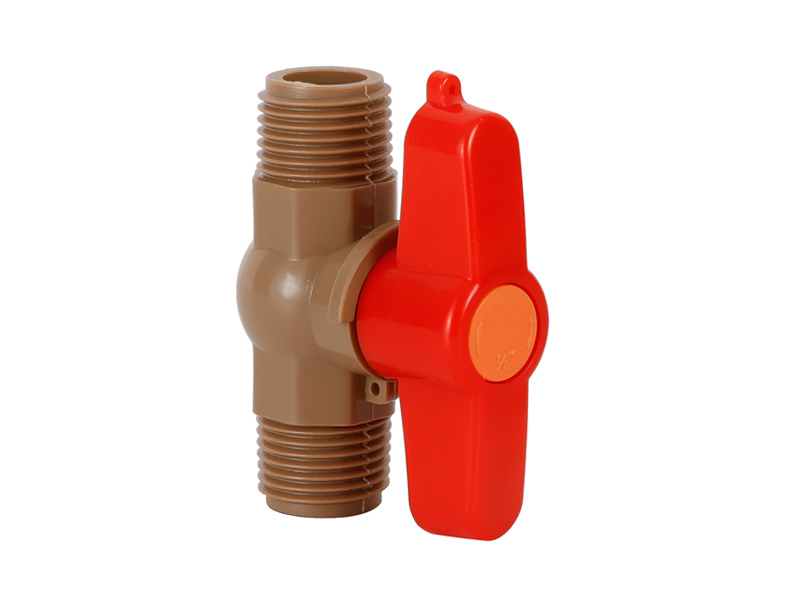How does the male ball valve design enable smooth and effortless on/off operation?
The male ball valve design is a key characteristic...
MORE >>















Widely famous in various industries, a ball valve regul […]
Widely famous in various industries, a ball valve regulates or controls the flow and direction of a liquid formulation. These valves usually respond to signals generated by individual devices such as temperature gauges or flow meters. Well-designed with quality actuators and positioners, these valves are highly efficient in their functions. These hydraulic-actuated valves are widely used for control purposes in various industries and are built to deliver dependable, long-lasting service life and leak-proof performance.

The manufacturing and design of this ball valve regulation valve is based on ANSI standards, and takes place within an ISO9000-certified unit.All valves and actuators are made for each other, guaranteeing easy and fast installation. The air-tight shut-off feature of these valves makes them ideal for flow control applications in high temperature and high pressure conditions. These are generally used in oils refineries, catalytic reforming industries, marine industries, power plants, petrochemical industries, and process industries.
Expert engineers develop these valves for demanding applications that should match the performance of the valve's component elements with the requisite flow, temperature, and pressure conditions. Precisely designed high temperature and high pressure ball valves can sustain temperatures as high as 400°F and elevated pressures around 10,000 psi.Pneumatic actuator valves are designed for complex flow direction and offer a range of commercial benefits that overshadow the use of hydraulic actuators.
Like the capability to store energy for emergency uses when electrical power is lost, the capability to operate under heavy energy payloads, and energy is not stored in compressed gas system, making pneumatic valve actuators a accountable choice in industrial systems. These valves not only performs in sub-zero environments, but also deliver compression using heated air systems that can easily operate in extreme cold climates without any extra performance considerations. Corrosive liquid delivery channels that are located in these cold places often have redundant or backup systems that avoid production downtime that could badly impact production schedules and delivery.

The male ball valve design is a key characteristic...
MORE >>
In today's modern world, efficient and reliable wa...
MORE >>
Copyright ©All rights reserved:Zhejiang Xier Plastic Valve Lead Co.,LTD. PVC Ball Valves Manufacturers Technical support: HWAQ  浙公网安备 33060402001174号
浙公网安备 33060402001174号

 English
English España
España عربي
عربي